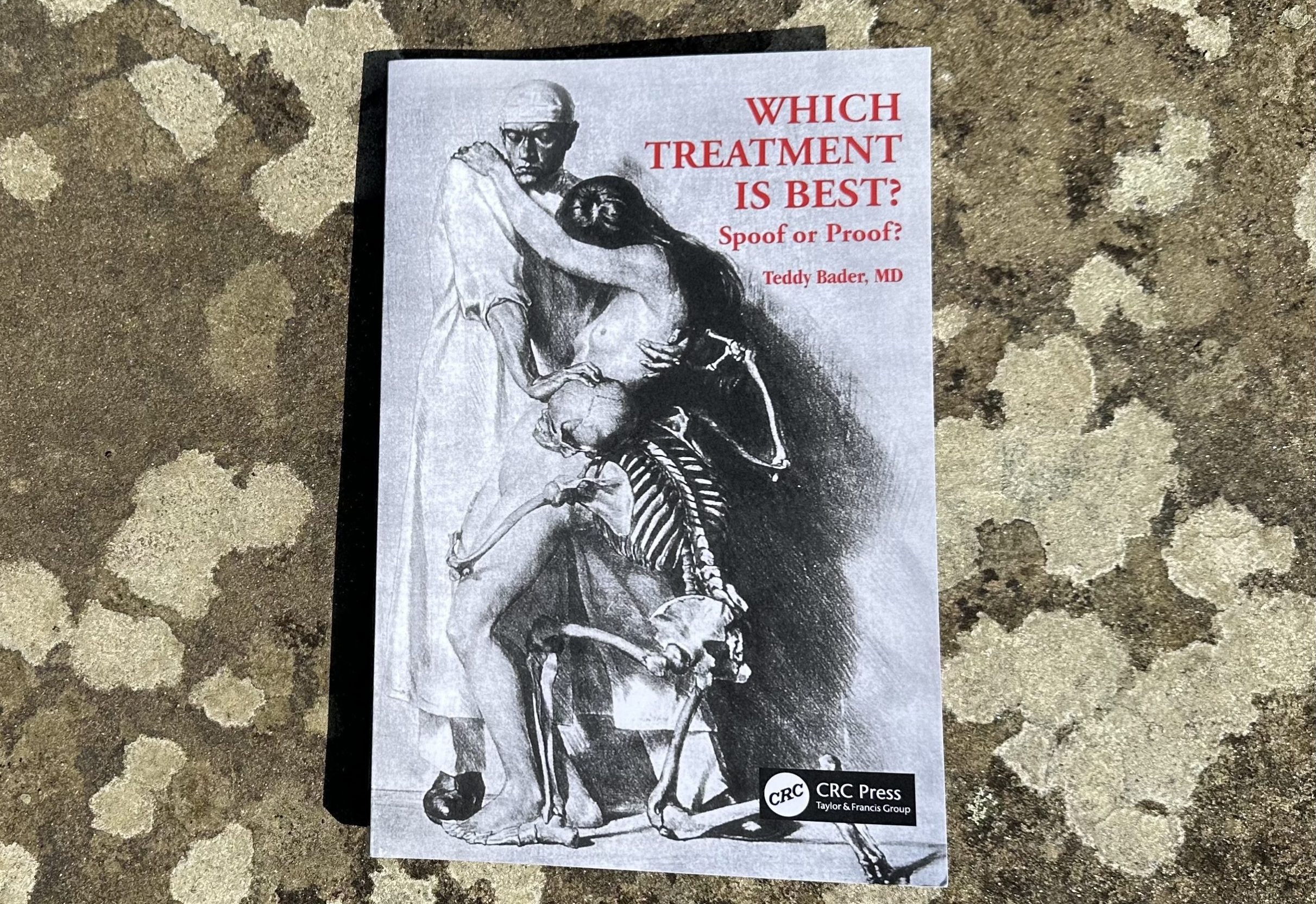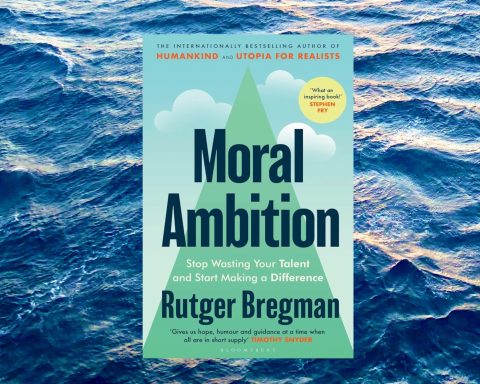 Andrew Papanikitas is the Deputy Editor of the BJGP. He is on X: @gentlemedic
Andrew Papanikitas is the Deputy Editor of the BJGP. He is on X: @gentlemedic
‘Which treatment is best?’ is one of my more surprising reads of summer 2024, and makes excellent beach-reading. I was interested to see that George Washington met the same fate as Charles II, being bled to death by his doctors. It is perhaps ironic that the description on the back cover gives the impression that the book is a historically themed explanation of evidence based medicine (EBM), with key features aimed at making the principles and concepts of EBM clear. This miss-sells the text, which is much more aimed at those who have (or are about to have) an interest in the history for medicine.
The main focus on the book is about contrasting the rise of ‘true’ and ‘false’ medicine.
The main focus on the book is about contrasting the rise of ‘true’ and ‘false’ medicine. We have dramatic tales of medical fraud on national scale as Bader unpacks the Wild West of modern medicine in the USA. The chapter on fraudulent doctor and entrepreneur John Brinkley cannot be put down until finished – rather like seeing a train crash in slow motion. By hook and it appears by crook, Brinkley used the innovation of radio broadcasting (he owned a radio station) to market a mail order patent pharmacy empire in the early 20th century. Patients would hear about cases and invited, if their symptoms were similar, to buy patent remedies (contains simple medicines such as castor oil or aspirin) from his company. Local pharmacies protested until taking the option to join in. Those with prepared to spend a larger sum could come to his hospital and be injected with goat glands (not a typo), later with an ‘emulsion’ of goat glands (this last was allegedly coloured water). Bader shocks us with accounts of Brinkley’s wealth – Brinkley at his high point liked to collect diamonds and owned yacht with a crew of 21. I found myself similarly interested in the history of Laetrile, the debunked anticancer drug made from apricot kernels, but with the added agony of the saga still being apparent in my own professional lifetime.
The chapter on fraudulent doctor and entrepreneur John Brinkley cannot be put down until finished – rather like seeing a train crash in slow motion.
When I read that the book begins with the idea of rotten humour as the source of all disease, I thought ‘…Bad jokes?’ However, what the book comprised is a set of essays using theories of disease (such as humoral – not humorous- medicine) to consider ideas of proof and quackery in history of medicine. Teddy Bader is a retired professor of medicine from the university of Oklahoma, and it shows that one of his hobbies is reading history books – the book is written by an enthusiast to generate enthusiasm in others. There are indeed sections on the rise of evidence based medicine, and a chapter on placebo which cites some primary sources but overlooks a colossal body of scholarship on the subject – the work of Jeremy Howick and others for example- though it arrives at similar conclusions.1 The frauds and misapprehensions of the past are used to illustrate why EBM is needed and how it has arisen. However the the book works as a collection of essays in overlapping time progression rather than a coherent thesis. Sometimes it feels as though the author is trying to write a history of modern scientific medicine (there are chapters on vaccination and on pathology and radiology) – a market which already contains a few historian titans such as Roy Porter and Bill (W.F.) Bynum. In a sense, this creates a sense (possibly an unfair one) of omission. For example when reading about Vesalius I half expected a contrast with Paracelsus, who took advantage of a wealthy patron and a new technology (the printing press) in the same way that Brinkley took advantage of the new ability to broadcast via radio. The implications for today’s internet and social media age should obvious.
Prior to the nineteenth century, the practice of medicine in the Western world was as much art as science, Bynum has argued2 and Bader evidences this. W. F. Bynum argues that ‘modern’ medicine as practiced today is built upon foundations that were firmly established between 1800 and the beginning of World War I. In ‘Science and the Practice of Medicine in the Nineteenth Century,’ Bynum coherently demonstrates this in terms of concepts, institutions, and professional structures that evolved during this period. Certainly the title of this book is slightly more exciting than ‘Science and the Practice of Medicine in the Nineteenth Century‘, but leaves me a little mystified. ‘The Wild West of medicine – a history for doctors’ feels like a more honest title for a book that makes interesting and informative reading.
Featured Book: Teddy Bader MD, Which treatment is best? Spoof or proof? CRC Press 2023, ISBN 9781032348186, paperback, 164 pages £22.99
References:
- Byrnum WF, Science and the Practice of Medicine in the Nineteenth Century, 1994, ISBN 9780521272056, Paperback
- Papanikitas A. https://bjgplife.com/the-power-of-placebos-how-the-science-of-placebos-and-nocebos-can-improve-healthcare/ [accessed 21/7/24]






